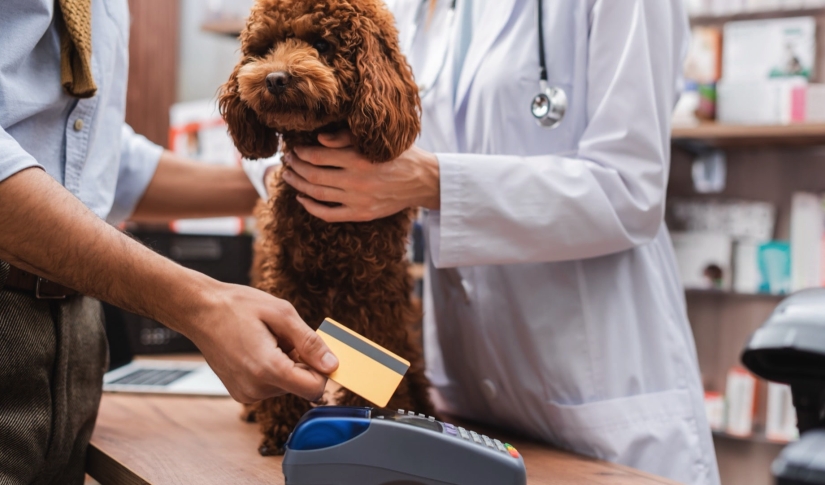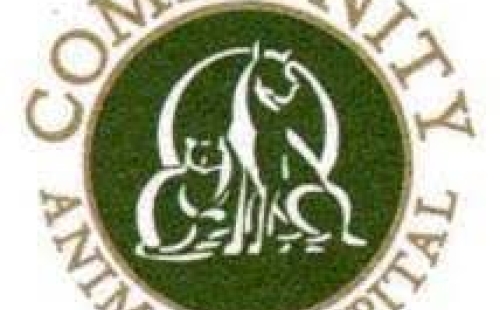5 Ways Integrated Payments Can Improve Financial Efficiency in Your Veterinary Clinic

Veterinary clinic leaders and administrative teams juggle a heavy workload, including payment collection and financial management. Payment conversations aren’t the best part of the job, but making it easier for pet owners to pay can ease the sting of bill payment, improve workflows, reduce front desk team stress, and support the clinic’s financial health.
Here are five real-world ways to improve payment efficiency at your veterinary practice and use integrated payments to get one step closer to achieving your broader financial goals.
1. Offer contactless and mobile payment options
Veterinary clients are like any other consumer—they live on their smartphones. Contactless and mobile payment methods have quickly become the expectation rather than the exception. Credit card tap features, mobile app billing, and online payments eliminate unnecessary friction for pet parents and veterinary clinic staff.
Integrated payment systems connect to your practice management software to allow staff members to quickly send invoices, collect payments remotely, and reduce back-and-forth communication while working in a single software dashboard. As a result, clients enjoy faster checkouts, fewer hassles at the front desk, and a better overall client experience.
2. Automate recurring payments
Payment plans and wellness programs help clients afford routine veterinary care, but can also add complexity to your billing process. Automated tools can address these issues by sending invoices and billing statements or running recurring payments without burdening the front desk team.
This automation streamlines handling of monthly wellness plan payments, subscription and membership services, ongoing treatment plans, and any veterinary service with ongoing costs. It also gives clients financial flexibility for improved retention and compliance.
3. Use integrated payment systems to connect workflows
Payment processors that don’t connect to your veterinary practice management software (PIMS) can double your work. Integrated payment solutions link card processing and other payment types to invoices and patient records so your team can collect payments faster and more efficiently.
Integrated payments also reduce errors from manually entering invoice totals into a processor or third-party website. With fewer mistakes, the front desk team can reconcile the daily balance sheet faster at the end of the day.
4. Enable online payments
Online payment options help capture revenue from charges clients incur when they aren’t physically in the hospital, such as payment plan interest, add-on laboratory tests, prescription refills, or pre-visit deposits. Instead of mailing statements that clients may forget or ignore, request instant payment via a text or email link.
Many modern PIMS platforms offer built-in tools to support online payment solutions and automation. Busy clients can pay their bills on the go using a secure link generated by your practice management system so they can get back to juggling work, family, and pet care.
5. Educate and train
The best payment tools and processes fall flat without proper team training. Ensure your client-facing staff members understand how to explain payment options, set cost expectations, and walk pet owners through the estimate and invoice process. Ask software and third-party payor reps to lead lunchtime or team meeting training sessions when new features are released, you add a new team member, or the staff simply needs a refresher.
Consider creating a cheat sheet or reference guide for common questions about payment methods and best practices for the secure handling of financial data. Giving your team the resources to troubleshoot payment systems builds confidence and problem-solving skills while supporting the client experience.
Integrated payments promote efficiency
Most veterinary hospitals can benefit from simpler workflows and better efficiency. Although they represent only one component of business operations, integrated payments contribute to that efficiency.
Embedding payments directly into your cloud-based practice management software reduces redundant tasks, errors, and the time it takes to check clients out and manage ongoing financial statements. Contactless payments at the point of care, including curbside, in-clinic, virtual, or mobile visits, means more care options, fewer delays, and a smoother experience for veterinary teams and pet owners.



